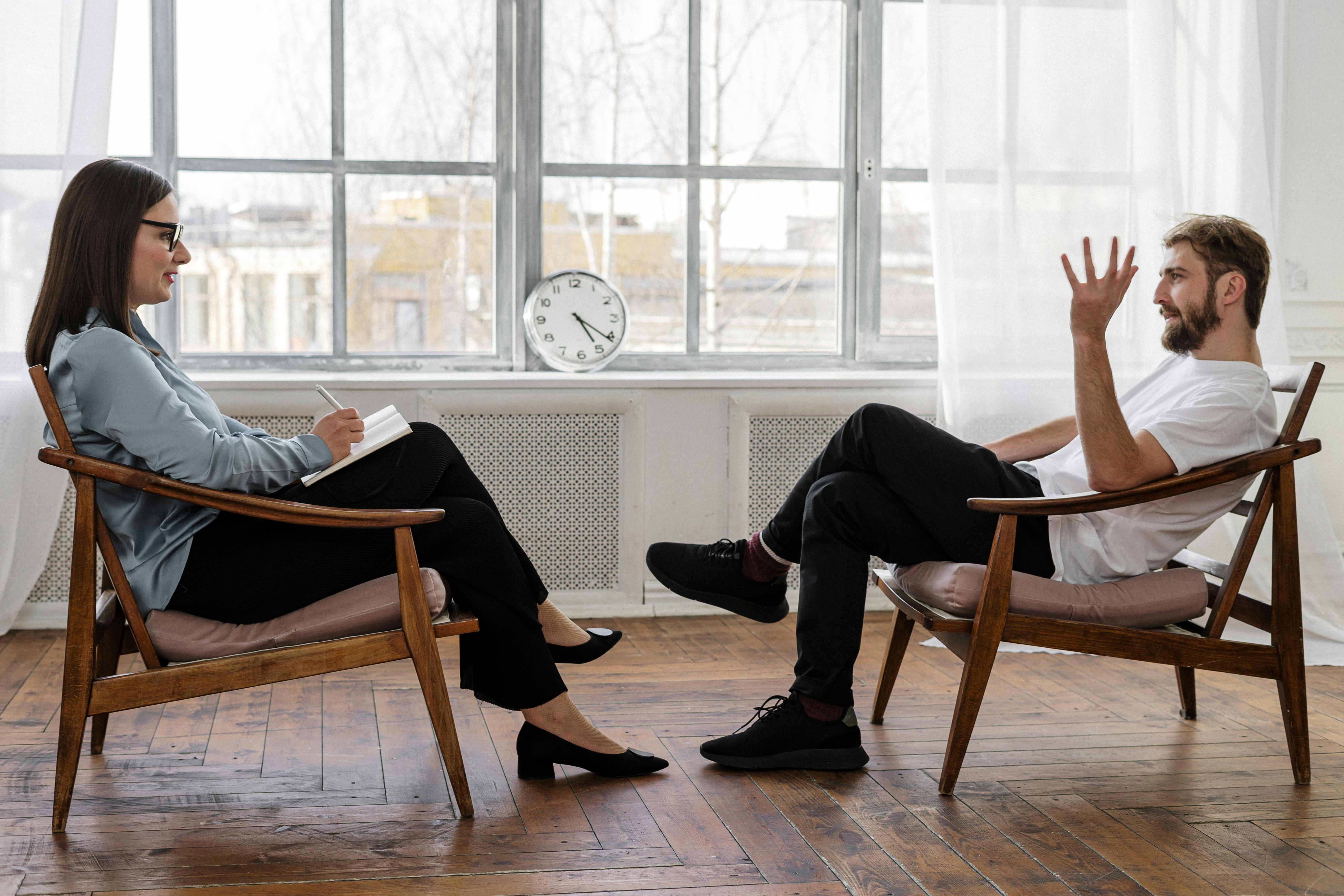Alright class, gather 'round! Today, we're diving deep into the world of online selling, not just skimmin' the surface. We're gonna talk about how to absolutely crush it, not just by being smarter, but by being savvier than your competition. Think of it like a secret playbook, but it ain't gonna be a secret to you guys for long.
We've all seen those online stores, right? The ones that just pop, where everything looks amazing and you just gotta hit "add to cart." Then there are the others, the ones that look like they were snapped with a potato and make you scroll right past. Guess which one sells more? Exactly.
But it’s not just pretty pictures, though those are super important. We’re also gonna peek behind the curtain and see what the big guns are really tracking, how they’re turning emails into straight-up cash, and how they’re building a brand that folks actually care about. And finally, we'll get into the fascinating world of how our brains work when we're shopping, so you can practically read your customers' minds.
So, buckle up, buttercups. This ain't your grandma's guide to selling online. This is the good stuff, the kind of info that can seriously change your game.
The Power of the Pristine Background: White is the New Black (for products)
Look, I get it. You might think a funky background adds character. But honestly, most of the time, it just adds clutter. When it comes to product photography, especially for online marketplaces, a plain white background is your best friend. Why? Because it makes your product pop. It removes distractions and puts all the focus exactly where it needs to be – on the item you're trying to sell. Amazon, the king of online retail, even basically tells you to use a clean background for this very reason (sell.amazon.com).
Think of it like this: if you're trying to showcase a dazzling piece of jewelry, would you display it on a cluttered desk, or on a clean velvet cushion? Exactly. The white background acts like that cushion, making your product the star of the show. You don't need a fancy studio; a white sheet, a large piece of white poster board, or even a white wall can do the trick. Just make sure it’s clean and wrinkle-free.
Angles, Angles, Angles: Give 'Em the Full Tour
Imagine buying a car without seeing the interior, or the engine, or the trunk? You wouldn't, right? The same goes for anything you sell online. Customers want to see what they're getting from every possible angle. Showing multiple views isn't just a nice-to-have; it's a must. It helps customers really understand the product, its shape, its features, and its condition (if it's a used item). Some pros even recommend it because it gives customers a full, comprehensive view (studio52.tv).
Take a shot from the front, back, sides, top, and even the bottom if it's relevant. If it has moving parts or special features, get close-ups of those too. If it's clothing, show the texture of the fabric. If it's a piece of tech, show the ports. The more angles you provide, the less guesswork for the buyer, and the more confident they'll feel about hitting that "buy now" button. This also cuts down on returns, because customers knew exactly what they were getting.
Bathe Your Battleship in Natural Light: Your New Best Friend
Forget those harsh overhead lights in your living room or that grainy flash on your phone. The absolute best lighting you can get, for free, is natural light. Sun makes everything look better, softer, and more appealing. Seriously, it's like a built-in beauty filter for your products. Experts agree that natural light offers this soft, even glow that just makes products look good (blendnow.com).
Find a window – ideally one that gets lots of diffused light, not direct, harsh sunlight that creates crazy shadows. Overcast days are actually fantastic for this because the clouds act like a massive diffuser. Position your product near the window, and watch how it lights up. You’ll thank me later. No expensive lightboxes or studio strobes needed. Just a window and a sunny (or even cloudy) day.
Tripod Time: Consistency is King (and Queen)
Remember how I mentioned my early, grainy photos? Part of that was shaky hands. When you're trying to take multiple shots of different products, or even different angles of the same product, consistency is key. You want all your photos to have the same feel, the same level of sharpness, and the same basic composition. How do you achieve this without being a super steady robot? A tripod.
A tripod, even a cheap tabletop one for your phone, helps eliminate blur from camera shake and ensures that each shot is framed nearly identically. This consistency builds trust with your customer (sherioneal.com). It makes your entire store look more professional and reliable. Plus, it frees up your hands to adjust the product or lighting as needed. Trust me, once you go tripod, you won't go back. Shopify even backs this up, saying a tripod helps with consistent framing (shopify.com).
Lifestyle Shots: Show, Don't Just Tell
A picture of a mug on a white background is fine. A picture of that same mug, filled with steaming coffee, sitting on a cozy table next to a book, with a person's hand holding it – now that's a lifestyle shot. This is where you go beyond just showing the product and help your potential customer imagine themselves using it. It's about selling the dream, not just the item. Think about it: showing the product in use helps customers envision the value (tagvenue.com).
If you're selling clothes, show someone wearing them. If it’s kitchenware, show food in it. If it’s a tool, show someone using it. These kinds of images create an emotional connection and help customers see the value of the product in their everyday lives. You don’t need professional models; a friend, a family member, or even your own hand can do the trick. Just make sure the focus remains on the product.
Flaunt Your Features: Highlight the Winning Details
What makes your product special? What sets it apart from the million other similar items out there? Don’t just assume people will notice. Use your camera to point it out! If your shirt has unique embroidery, get a close-up. If your gadget has a rare port, photograph it. If your vintage find has a cool little quirk, zoom in. Your images are your chance to shout about your unique selling points (storemantis.com).
Don't be shy. If you spent extra time restoring a piece of furniture, show off the smooth finish or the sturdy joints. If your handmade jewelry uses a specific type of bead, let the camera highlight its luster. These detailed shots not only inform the customer but also subtly convey the quality and care you put into your products.
Consistency Across the Board: Your Brand's Visual Signature
Imagine walking into a department store where every section looks completely different – different lighting, different displays, different vibes. It would feel jarring, right? The same goes for your online store. While each product is unique, the feel of your photos should be consistent. This means consistent lighting (hello, natural light!), consistent backgrounds (most of the time, white!), and consistent framing.
This visual consistency isn't just about aesthetics; it builds trust and credibility (sherioneal.com). When everything looks cohesive, it signals to the customer that you're professional, detail-oriented, and that they can expect a certain level of quality from all your offerings. It becomes part of your brand's visual identity, making your listings instantly recognizable.


